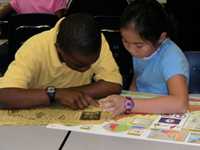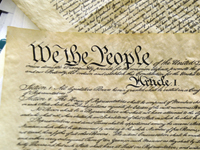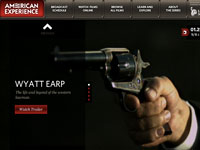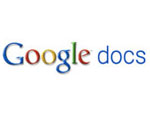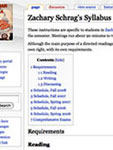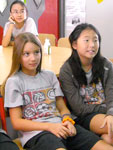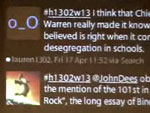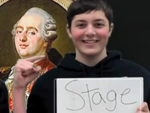Teaching History in a High-Stakes Testing Culture
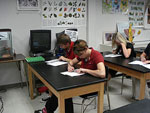
End-of-year standardized tests play a significant role in shaping what gets taught in the classroom. Supporters of such tests in history make the case that the best exams support not only the acquisition of content knowledge, but also the development of historical habits of mind. This study by Gabriel Reich of Virginia Commonwealth University, however, reveals that the reality of the situation may be more complicated.
Looking at the New York Regents exam in Global History and Geography, Reich sought to understand the kinds of skills necessary for answering multiple choice items correctly. He worked with 13 urban 10th graders at a racially mixed high school, and engaged them in “think alouds” in which students talked through the process of answering 15 questions.
What he found was that these multiple-choice questions did not call for knowledge or skill in the historical thinking that was prescribed by the standards. They did, on the other hand, elicit knowledge in three domains:
- history content
- literacy
- test-wiseness
Knowledge of the content material was, obviously, quite important in determining a student’s ability to answer multiple-choice questions correctly. Less obvious was the importance of literacy, which Reich defined as “command of relevant vocabulary and the ability to read, and manipulate the ideas presented in printed text.” If students were hazy on content—and in some cases, if they did not remember the content at all—they often fell back on their literacy skills for help in deciphering answers. Similarly, test-wiseness also factored into student success. Defined by Reich as “sensitivity to the explanatory, or narrative frameworks underlying each question,” test-wiseness allowed students to make good guesses when faced with several answer choices.
Working with—and in some cases, around—standardized tests, teachers can help students improve their scores without sacrificing key knowledge and skills.
- Recognize the importance of test-wiseness. By doing explicit instruction during the year on how to take tests can help ensure that students have the best shot at displaying the knowledge they have. Eliminating obviously wrong answers before guessing, saving the most confusing questions for last, and watching out for tricks inserted by the test-writers are good beginning moves to familiarize students with.
- Emphasize literacy throughout the school year. Literacy skills will help students in end-of-course exams not only because it is key to understanding historical content, but also because it will help them decipher questions.
- Finally, if discipline-specific thinking is not required for success as measured by state tests, find a way to move beyond the standards. Standards documents often represent a solid baseline for content, but teaching to the standards frequently is not enough. Using core content to engage students with historical problems or piecing together historical understandings, is a way of achieving both aims simultaneously.
Question: The purpose of the Marshall Plan was to—
a. restore Japanese economic development
b. provide military aid to Middle Eastem allies
c. assure nationalist success in the Chinese civil war
d. provide for economic recovery in Western Europe
Student think-aloud:
"I have no clue. I should go to the next one."
Student returns to item after completing the test:
"Number five, ‘the purpose of the Marshall Plan was to…’ the Marshall Plan, oh yeah ‘restore Japan,’ so ‘Japanese economic development.’ Or…‘Provide for economic recovery in Western Europe.’
"It’s between those two, because the Marshall Plan was something related to like what Stalin I think did, the Five Year Plan? So ‘restore Japanese economic development,’ ‘provide for economic recovery in Western Europe.’ I would say one of those is what the Marshall Plan was for."
The Roundtable on "The Role of Multiple Choice Assessments in History Courses" offers multiple perspectives on this issue.
For another research brief regarding testing, see "The History Classroom: Connections Between Instruction and Assessment".
Reich, Gabriel. “Testing Historical Knowledge: Standards, Multiple-choice Questions and Student Reasoning.” Theory and Research in Social Education 37(3) (2009): 325360.
